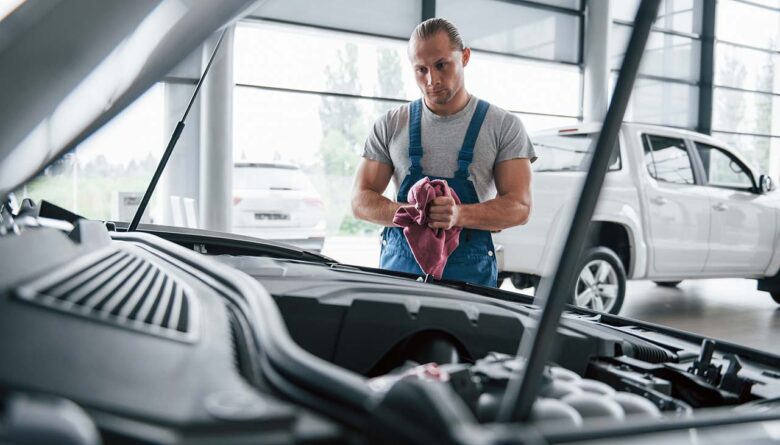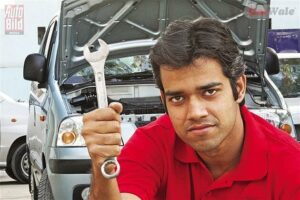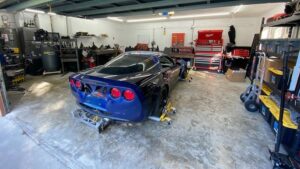Fixing your car at home can be both rewarding and cost-effective. It saves you from expensive mechanic bills and allows you to better understand the inner workings of your vehicle. However, home repairs require patience, the right tools, and a solid understanding of your car’s systems. This guide provides everything you need to tackle DIY car repairs with confidence.
Preparation Is Key
Before starting any repair, ensure you have the necessary tools and resources. A basic toolkit should include a socket set, screwdrivers, pliers, wrenches, a car jack, and a torque wrench. Invest in a reliable repair manual for your car model; it will provide step-by-step instructions tailored to your vehicle. Safety is paramount, so wear gloves and safety goggles and ensure your car is parked on a flat, stable surface with the emergency brake engaged.
Diagnosing the Problem
Understanding the issue is half the battle. Many modern cars are equipped with onboard diagnostic systems (OBD-II) that display error codes when something goes wrong. A simple OBD-II scanner can help you identify issues with the engine, transmission, or other systems. For less tech-savvy vehicles, listen for unusual noises, observe warning lights, and pay attention to performance changes.
Common Repairs You Can Handle at Home
- Changing the Oil
Regular oil changes keep your engine running smoothly. To start, drain the old oil, replace the oil filter, and refill with fresh oil. Ensure you use the correct oil grade recommended by your car manufacturer. - Replacing Brake Pads
If you hear squealing when braking, it’s time to replace the pads. Remove the wheel, detach the caliper, and swap the worn pads with new ones. Be cautious not to damage the brake lines while doing this. - Fixing a Flat Tire
Patching a punctured tire or replacing it with a spare is straightforward. Use the car jack to lift the vehicle, remove the lug nuts, and swap the tire. Tighten the lug nuts in a star pattern to ensure even pressure. - Replacing the Battery
If your car struggles to start, the battery might be the culprit. Disconnect the negative cable first, then the positive. Remove the old battery, place the new one, and reconnect the cables in reverse order. - Air Filter Replacement
A clogged air filter reduces engine efficiency. Most air filters are located in an easily accessible box under the hood. Open the box, remove the old filter, and insert a new one.
Advanced Repairs to Consider
Some repairs require more skill but are still manageable with patience. Tasks like replacing a radiator, changing a timing belt, or fixing electrical wiring can be tackled if you’re prepared to follow detailed instructions. Always double-check your work and take your time to avoid costly mistakes.
When to Call a Professional
Not all car problems are DIY-friendly. Issues with the transmission, advanced electronics, or major engine components are better left to professionals. Attempting complex repairs without proper knowledge could worsen the problem and result in higher repair costs.
Tips for Successful DIY Repairs
- Stay Organized: Keep your workspace tidy and label any screws or small parts you remove.
- Use Quality Parts: Cheap replacements might save money initially but can lead to further issues.
- Follow Instructions: Always refer to your car’s manual or trusted online guides.
- Test After Repairs: Before hitting the road, ensure the problem is resolved and the car functions correctly.
Conclusion
Fixing your car at home is a fulfilling and practical skill. While it requires effort and learning, the satisfaction of resolving an issue yourself makes it worthwhile. With the right tools, knowledge, and precautions, you can handle many repairs and keep your car running smoothly for years to come.


